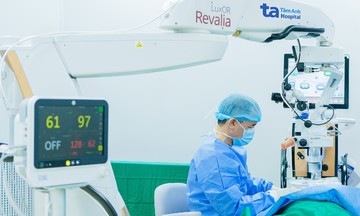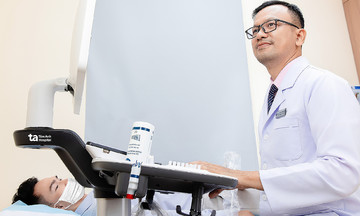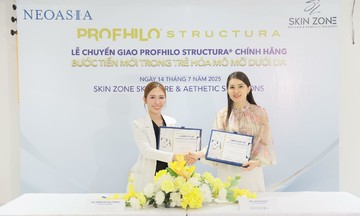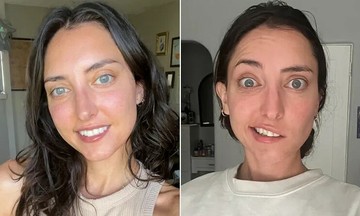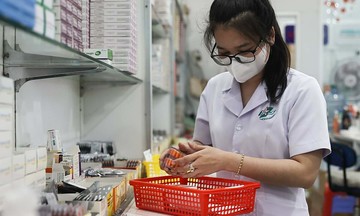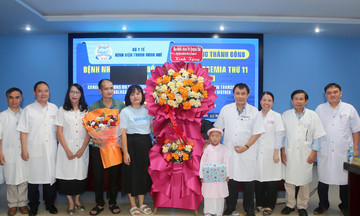Scientific research has long sought to determine the maximum human lifespan, barring disease or accidents. A 2021 study in Nature Communications by scientists from Gero, a Singaporean biotech company, suggests a "hard limit" of 120 to 150 years.
A Wall Street Journal analysis based on PitchBook data reveals a two-and-a-half-decade race for the "fountain of youth" using scientific advancements. This pursuit has transformed a once-marginal field of academic study into a mainstream investment trend.
Figures like Peter Thiel (co-founder of PayPal), Sam Altman (CEO of OpenAI), and Marc Andreessen (venture capitalist) are not just shaping the future of technology but also betting on a future where aging can be slowed. Thiel alone has invested over 700 million USD in nearly 10 biotech companies through both his venture capital firm and a non-profit foundation he supports.
Where is this massive investment going, and how is it being used?
The investment surge focuses on three key areas: reversing or altering aging at the cellular level, developing therapies for age-related diseases, and commercializing products and services that promise to improve health and extend lifespan.
In Silicon Valley, the hottest idea is cellular "reprogramming," inspired by Shinya Yamanaka's 2012 Nobel Prize-winning work, which has been successful in mice. Companies like Altos Labs, with 3 billion USD in funding, are leading the development of this cell rejuvenation technology. Similarly, Insilico Medicine, a company using AI to develop drugs for age-related diseases, has raised over 500 million USD.
While many companies may fail, investors are closely watching scientific breakthroughs, deciding where to place their bets, and considering which methods to apply to themselves. The average funding round for companies in this field has increased by over 20% in the past decade, reaching nearly 43 million USD this year.
For many billionaires, the fight against aging is deeply personal. After his father died of cancer, billionaire Naveen Jain founded Viome Life Sciences with the goal of "making aging a choice," investing 30 million USD of his own money into the project. Stephane Bancel, CEO of Moderna, after personally experimenting with a fasting-mimicking diet, led a 47 million USD funding round for the company developing that diet. "I want to be able to make the biggest impact," Bancel said.
Vinod Khosla, one of the most active investors, believes science can make a 70-year-old feel like they're 40. Each of his investments targets a different aspect of aging, from cell reprogramming to specific therapies.
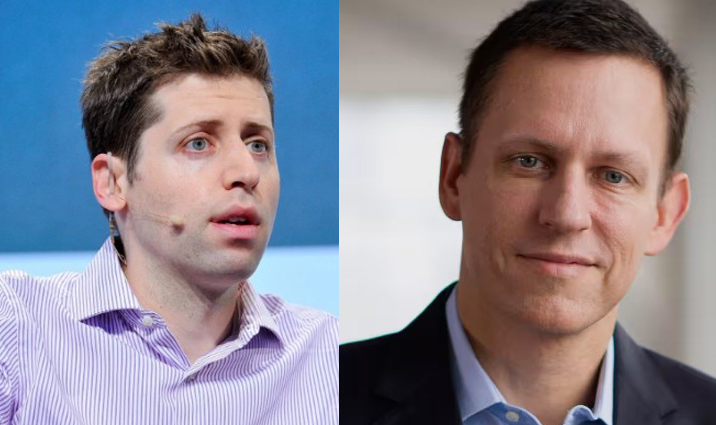 |
Sam Altman (left) and Peter Thiel. Photo: TechCrunch/Bloomberg |
Sam Altman (left) and Peter Thiel. Photo: TechCrunch/Bloomberg
Is reversing aging truly possible?
The answer remains uncertain. The longevity industry is projected to be worth over 44 billion USD by 2030, but it remains a risky venture. Cell rejuvenation methods successful in animals have yet to be safely applied to humans due to concerns about cancer risk and unforeseen side effects. Kristen Fortney, CEO of BioAge, a company that had to pause drug trials due to safety concerns, remains optimistic: "A lot of people have lived past 100 and are still healthy. Why can't that be achieved for all of us?"
However, scientists remain cautious. The "longevity" label has become an effective marketing tool for everything from cosmetics to supplements. Experts warn against inflated expectations and emphasize that "healthy aging" truly stems from lifestyle, social connections, and mental well-being, rather than extreme biological interventions.
The truth is, no one knows for sure how long humans can live. As Doctor William Mair, Director of the Aging Initiative at the Harvard T.H. Chan School of Public Health, joked when asked about the possibility of humans living to 300: "I don't know, at least not yet. But that answer doesn't get me many views on TikTok, does it?"
Binh Minh (According to Wall Street Journal)



